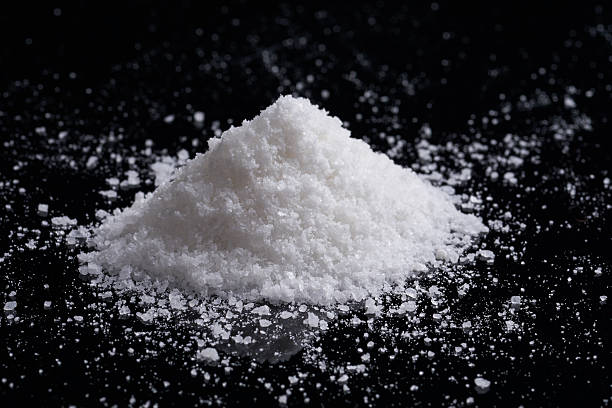Koi are a species of colorful carp native to East Asia. They’re a popular choice for outdoor ponds, as they’re hardy and can survive in various environments. But can koi fish survive in salt water?
This article will explore the various environments koi can live in, the benefits and risks of adding salt to koi ponds, and how to balance osmoregulation to help koi recover from illnesses. Whether you’re considering adding salt to your pond or want to learn more about koi, this article will give you the necessary information.
Koi in a Freshwater Environment
Koi fish, also known as Japanese carp, is a species of fish that can be found in freshwater environments around the world. They thrive in ponds and slow-moving streams, feeding on algae and small aquatic animals.
Koi can withstand various temperatures and water conditions, making them ideal for many backyard ponds. They are also very hardy and can tolerate a wide range of water parameters, including low oxygen levels.
With good care and regular maintenance, koi can live in a well-maintained freshwater environment for decades.
Koi in a Brackish Water Environment
Koi can also survive in brackish water environments. Recent studies have shown that goldfish can survive in brackish water but not too salty of an environment. Koi, on the other hand, can only survive in freshwater.
While some fish can live in fresh and saltwater, koi are best suited to stay in freshwater. This is because salt added over time to the pond will dull the pigment cells of the koi. Therefore, it is important to keep salt levels at a minimum to maintain your koi’s health.
Adding too much salt can have a detrimental effect on the health of your fish and should be avoided. However, adding a small amount of salt may be beneficial for recovering from illnesses as it helps with osmoregulation.
Koi in a Saltwater Environment
Koi are naturally a freshwater species and can not survive long-term exposure to salt water. However, some fish species, such as goldfish, can tolerate salt concentrations used to treat parasites.
If you consider adding salt to your koi pond, it is important to remember that too much can harm your koi’s health. Salt levels should be closely monitored and balanced to ensure your fish’s optimal health.
Additionally, the amount of salt added may need to be adjusted to facilitate the recovery of illnesses and help maintain a balanced osmoregulation process.
Benefits of Adding Salt to Koi Ponds
Adding salt to a koi pond offers several benefits. For starters, it helps to handle bacteria and parasites on the koi’s body and can also be used to balance osmotic pressure when a koi is sick or stressed.
Salt also helps koi survive the long cold winter months, replacing the salt that the fish naturally produce. Furthermore, higher salt concentrations can be tolerated by fish than aquatic plants, meaning that it is possible to use salt without harming other species in the pond.
In conclusion, adding the right salt to a koi pond can benefit both koi and other species.
Risks of Adding Too Much Salt to Koi Ponds
Adding too much salt to a koi pond can be dangerous for the health of the fish. When high levels of salt are present in the water, it can cause osmotic stress, which can interfere with the osmoregulation process, leading to dehydration and other health issues.
Furthermore, high salt levels can damage the gills, causing them to become swollen and inflamed, leading to organ damage or even death in extreme cases. It is important to monitor the salt level in a koi pond and adjust accordingly to ensure that osmotic stress is minimized and that your koi remain healthy.
Balancing Osmoregulation to Enhance Illness Recovery
Balancing osmoregulation is crucial to ensuring that koi fish remain healthy and can recover from illnesses.
Salt is an important element in achieving this balance, as it helps the fish to maintain the proper levels of electrolytes in their bodies while also providing them with an energy boost.
Adding salt to a koi pond is beneficial, as it allows the fish to expend less energy on osmoregulation and instead focus on healing. It is important, however, to be careful not to add too much salt, as this can negatively affect the fish’s health.
Salt for a koi pond is between 0.3% and 0.6%, which should provide enough support for most illnesses without causing harm.
Conclusion
In conclusion, koi are freshwater fish and should not be kept in saltwater for long periods. Salt can be beneficial sometimes, but it should be used sparingly and monitored closely.
Osmotic balance is important for koi health, so it is best to keep their environment as close to the natural conditions of their native habitat as possible. With proper care and maintenance, koi can live long, healthy lives.




